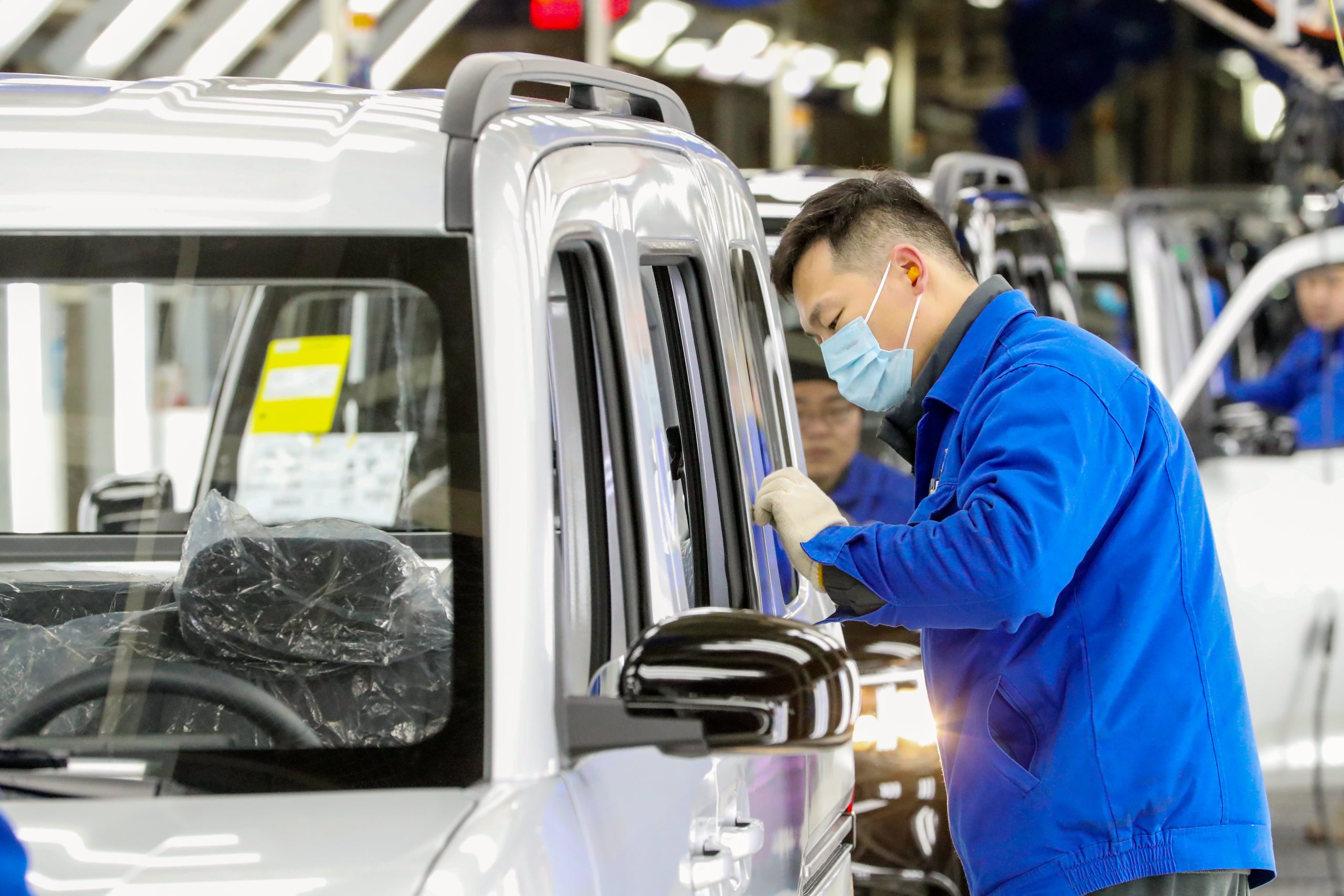Chinese industrial firms saw their earnings take a hit in October as trade tensions with the U.S. flared that month while broader growth momentum in the economy faltered.
Industrial profits dropped 5.5% from a year earlier in October, the biggest decline since June, the National Bureau of Statistics data showed, reversing the double-digit growth seen in August and September.
For the first ten months of the year, profits at major industrial firms grew 1.9% from a year ago, the official data showed, decelerating from a 3.2% rise in the January to September period.
Trade tensions between China and the U.S. had escalated that month over export controls, with U.S. President Donald Trump threatening additional 100% tariffs on imports from China, before the two economic superpowers reached a deal in South Korea at the month’s end.
The mining sector saw profits plunge 27.8% in the January to October period, while profits for the manufacturing and utilities sectors, comprising suppliers for electricity, heat, fuel and water, rose 7.7% and 9.5% respectively.
Profits for carmakers gained 4.4% in the first ten months of the year, compared to a 3.4% climb in the first nine months.
Profits at state-owned enterprises were flat, compared with gains of 3.5% for industrial firms with foreign investment, including those with investment from Hong Kong, Macau and Taiwan, and 1.9% for private companies.
Yu Weining, chief statistician at NBS, attributed the drop in October to high-base effects from last year and rapid expansion in corporate spending.
China’s manufacturing activity contracted more than expected in October, with the official manufacturing purchasing managers’ index slumping to a six-month low of 49.0. A reading above the 50 benchmark indicates growth, while one below that suggests contraction.
Tepid consumer demand
While manufacturers found some relief from the trade pact struck between Trump and Chinese leader Xi Jinping that reduced tariffs on Chinese products, weak domestic demand and uncertainties in global trade continue to cast a shadow over the trade outlook.
China this month has signaled that it will ban all Japanese seafood imports amid a diplomatic feud over Taiwan.
China’s consumer prices unexpectedly returned to growth in October, rising 0.2% from a year ago, after staying in negative territory for most of the year. Core inflation, stripping out food and energy prices, jumped 1.2%, the highest since February 2024.
The reality, however, was less rosy than the core inflation reading suggested, according to Ting Lu, chief China economist at Nomura Bank, who estimated that about a quarter of the 1.2% core inflation readings had “almost nothing to do with local consumption” but were mainly caused by surging gold prices.
The “underestimated decline of rents also contributed to the overstatement of headline inflation data,” Lu said, suggesting that the country has been mired in a “moderate recession” since late 2022.
“It will take more time for China to truly escape the deflationary conundrum it currently faces, especially as economic growth has stumbled since mid-2025,” Lu added.
Growth falters
The economy has slowed significantly, expanding just 4.8% in the third quarter, and recent indicators suggest it has lost further momentum at the start of the fourth quarter.
Retail sales grew 2.9% in October, slowing for a fifth straight month and marking the weakest growth in over a year. Fixed-asset investment shrank 1.7% for the first ten months of the year, unseen since 2020 during the pandemic. Industrial output also expanded by a smaller-than-expected 4.9%.
Meanwhile, the urban unemployment rate remained elevated at 5.1% in October.
Chinese policymakers have signaled a shift towards boosting consumption over the next five years, but have yet to roll out new meaningful stimulus. Economists widely expect Beijing to hold off large-scale stimulus as the economy is on track to hit its growth target of “around 5%” this year.
“Policymakers don’t want to miss or over-achieve the target,” said Larry Hu, chief China economist at Macquarie Group, expecting China’s economy may continue to grow 5% in 2026 on robust export growth.
That said, “deflationary pressure” will likely continue to weigh on the economy as strong external demand reduces the urgency for domestic stimulus, Hu added.
International: Top News And Analysis
Read the full article <a href="Read More” target=”_blank”>here.



